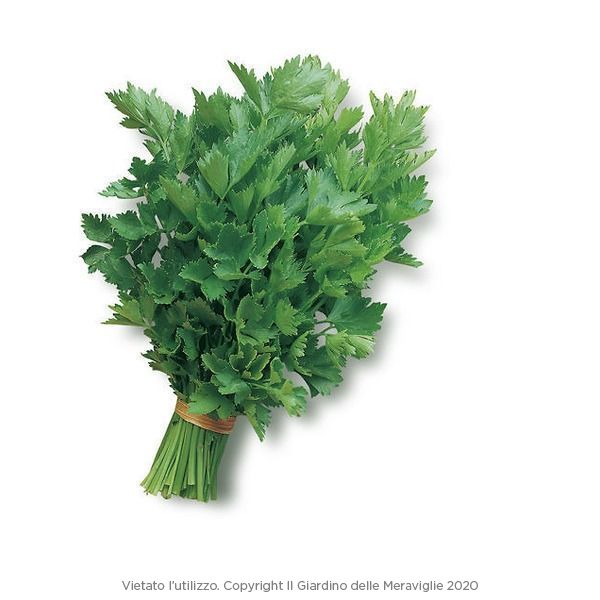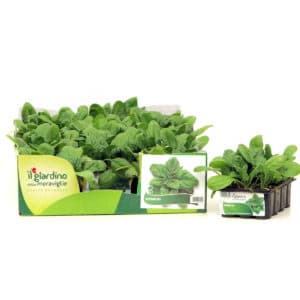Description
Green Cutting Celery is a rustic, aromatic variety that is a fantastic addition to the herb garden. Unlike traditional stalk celery (Apium graveolens var. dulce), this variety is grown for its plentiful, aromatic leaves and numerous thin, hollow stalks.
Appearance: It has an upright habit, reaching about 45–50 cm, with finely serrated, pinnate leaves that resemble giant flat-leaf parsley. The stalks are thin and an intense dark green colour.
Flavour Profile: The flavour is stronger and more concentrated than regular celery stalks, making it a powerful seasoning agent.
Culinary Use: Used mainly as an aromatic herb and vegetable:
Soups and Stews: Ideal for adding deep celery flavour to broth, stews, and traditional Mediterranean soffritto (base for sauces).
Salads: The finely chopped young leaves and thin stalks can be added raw to salads or mixed with soft cheeses for a strong flavour hit.
Stuffing and Fish: Used to intensify the flavour of cooked dishes.
Growing Guide: Celery generally prefers cool, moist conditions, but this “cutting” variety is more forgiving and can be grown easily in Malta outside of the very hottest summer period.
When to Plant: Can be grown virtually year-round in the mild Maltese climate, but avoid the intense heat of mid-summer to prevent bolting.
Ideal Time: Spring (April–May) and Late Summer/Autumn (August–October).
Location/Sun: Prefers an open and sunny position, though it will benefit from slight protection from the intense afternoon sun in summer.
Soil: Requires deep, fertile, moisture-retentive, yet well-drained soil. It adapts better than stalk celery but still appreciates plenty of organic matter.
Spacing: Can be sown either a spaglio (broadcast) or in closely spaced rows:
In-row spacing: 15–25 cm (6–10 inches) for thicker growth.
Row spacing: 40–60 cm (16–24 inches).
Transplanting: Plant seedlings when they are about 10–15 cm tall.
Watering: Celery is highly demanding of water. Regular and consistent irrigation is essential. Drought will cause the leaves and stalks to become tough, fibrous, and excessively bitter.
Feeding: As a rapidly re-growing leafy crop, it benefits from regular feeding with a balanced, nitrogen-rich fertiliser.
Harvesting: The great advantage of this variety is its cut-and-come-again habit. Begin harvesting when the plant reaches about 15–20 cm in height. Cut the stalks and leaves about 2–3 cm above the soil line. The plant will quickly re-sprout and provide multiple cuts throughout the season.
Overwintering: This variety resists light frosts and will continue to produce throughout the mild Maltese winter.






